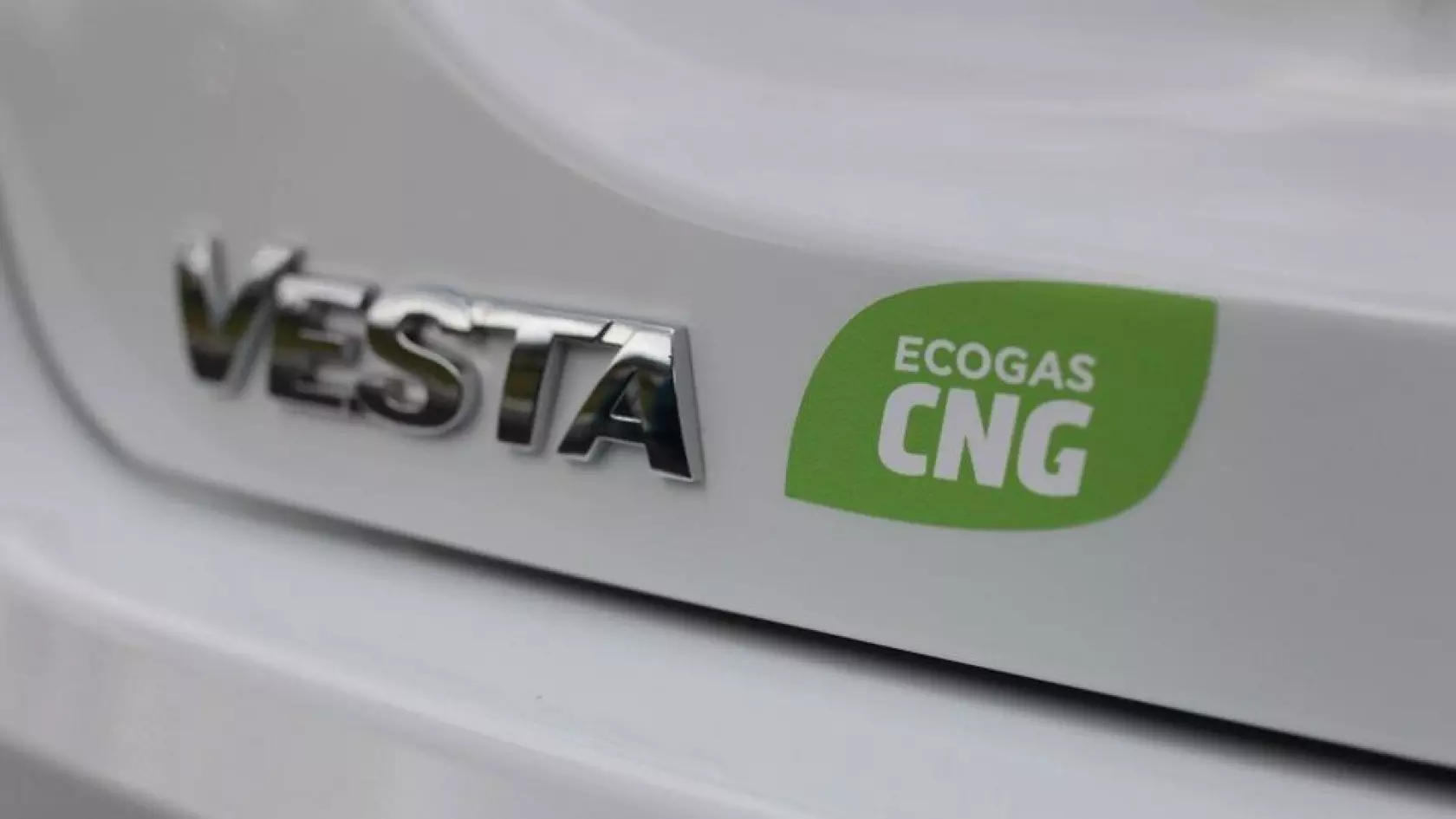- Main page
- Search
- Up to date
- Products
- Technology
- Vehicles
- Video
- Conversion Payback Simulator
Port Injection - Conversion Payback Simulator
Direct Injection - Conversion Payback Simulator
Diesel - Newsletter
Lada Vesta CNG - people's choice
 loading results...
loading results... © kolesa.ru
© kolesa.ru  Finally - a Lada that's actually something of a looker!
Finally - a Lada that's actually something of a looker!  The bigger the filler, the less frequently you're supposed to use it
The bigger the filler, the less frequently you're supposed to use it  The Vesta announces its primary fuel of choice loudly and proudly
The Vesta announces its primary fuel of choice loudly and proudly 



Not that long ago Lada presented its CNG-powered Largus, essentially a rebadged previous-generation Dacia Logan MCV, prepared with taxi service in mind. The crucial difference between the Largus and the Vesta however is that while the former was just a conversion of an already existing car (a factory-conducted one, but still), the latter has been made methane-ready at the design stage, just like a growing number of cars are designed with electric propulsion capability. But since Russia has vast natural gas reserves, the Vesta has been engineered as an NGV rather than EV. Which is good, because otherwise we wouldn't be writing about it.
Coming back to the matter of fact, the CNG-friendly design includes a larger-than-regular
fuel filler flap, under which there's enough room to accommodate both the petrol filler and the CNG refueling valve. Also, the high-pressure methane tanks (two of them, both located under the tank floor) are composite ones, so that they're extra rigid (thus safe) and lightweight at the same time. Uncontrolled release of gas in case of accident is prevented by integrated safety locks and high speed valves.
The Vesta's overall range is said to be 1000 km, but there's no word on how much of that distance can be covered in CNG mode. Once the greener, cleaner and cheaper fuel runs out, the engine is automatically switched over to petrol, but the driver can choose to run on the conventional fuel instead of the alternative one at any moment by pressing a dash-mounted button. The question is: why would anybody do that when running the car on methane (at Russia's current fuel prices) cuts the fuel bill by as much as two thirds...
You may also find these interesting:
 loading results...
loading results...









